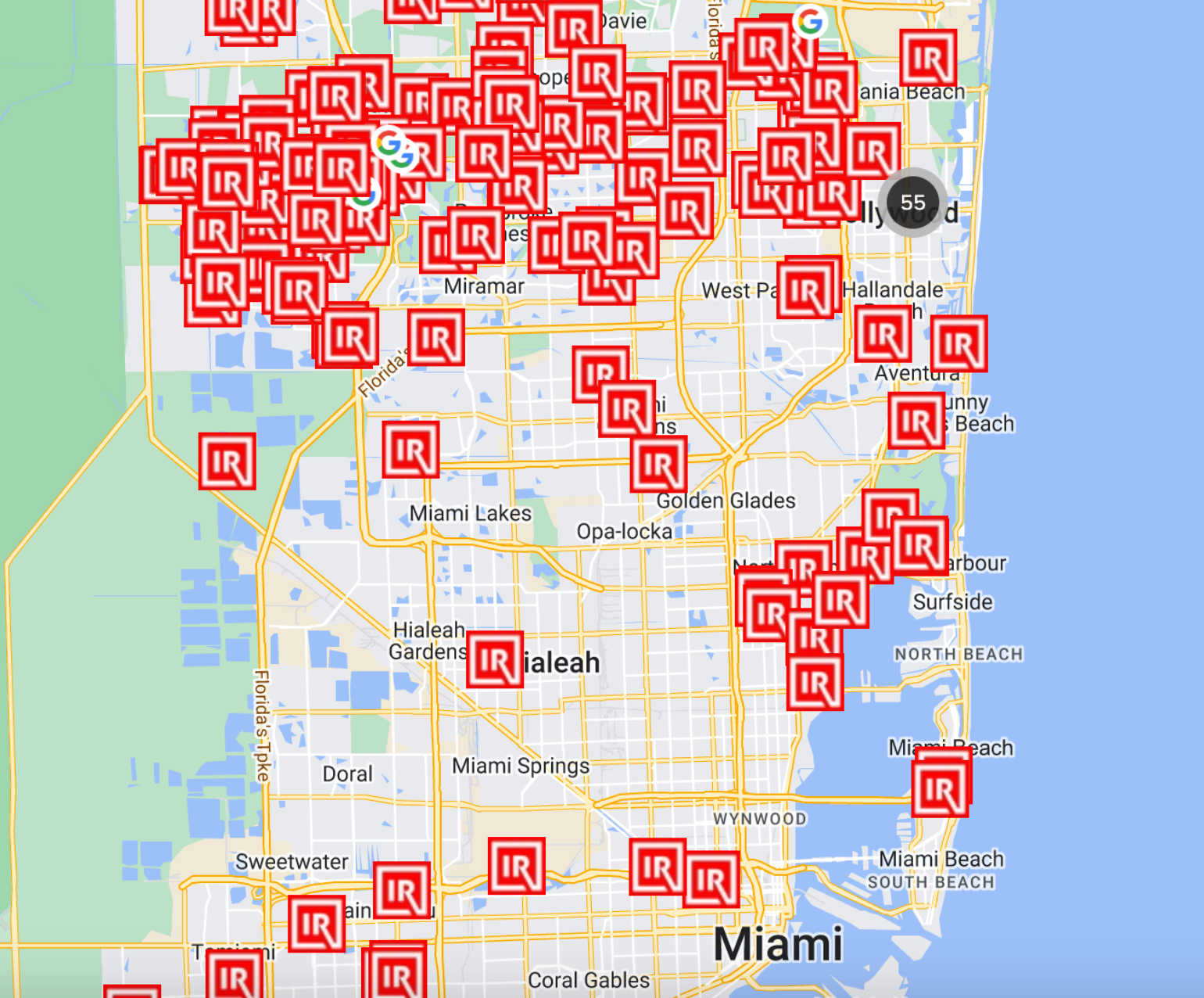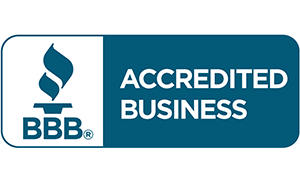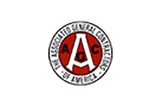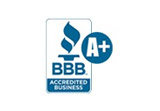
It’s every Florida property owner’s worst nightmare: in the middle of a bad storm, you start to hear the telltale drip of water.
With our harsh hurricane seasons, most of us are no stranger to the occasional minor property damage. However, something about a leaking roof can inspire a sense of worry and panic in even the calmest of us.
When your roof is leaking, knowing how to minimize damage and protect your property can make all the difference. If bad weather gets the better of your roof, here are the steps you should take to get your property back to normal.
1. Get Your Possessions Out of the Way
Dealing with a leaky roof is frustrating enough on its own, but pairing it with damaged possessions can make a bad situation worse.
Wherever the damage is, make sure to move your belongings out of the way as soon as you notice. This is true even if the damage is over your furniture, as extensive water damage can warp or degrade materials like wood. Be sure to towel off any possessions, furniture, or carpeting that was exposed to water.
If you’re not sure about the extent of the leak, it may also be a good idea to clear an area beyond the immediate pool of water. If the leak widens or more water begins to fall as you inspect the area in the next steps, it could damage other belongings in the surrounding space.
2. Get the Water Contained
The next step is to keep the water from spreading across your floor. Grab any containers you have on hand, from buckets to trash cans, and put them under the dripping water. If you don’t have any containers that are easy to grab, a few towels may do the trick for the time being.
It’s also a good idea to have some containers nearby as backup, in case the area with the leak widens or in case your original containers start to overflow.
To deal with drips that splash from your container onto the floor, try sticking a long string to the ceiling in the area with the leak. This can give the water a smoother path into your bucket.
If your ceiling appears to be “bubbling,” or if the leak hasn’t broken through the wet area of your ceiling, you may want to poke a small hole in the ceiling. This can help the water to drain into the containers you’ve set up below instead of pooling in place. While the hole will create a leak, it will keep the weight of the gathering water from building, which could cause a ceiling collapse in time.
3. Look for the Source of the Problem
With the damage under control, it’s time to figure out where the water is coming from.
Grab a flashlight and head up to your attic first. Before you turn the lights on, check to see if you notice any light coming from the roof overhead. If so, this is the obvious source of your water problem.
If not, turn the lights on. With your high-beam flashlight, inspect the area in question for signs of water damage, which will usually look like stains.
If there are no obvious stains, have someone head outside with your garden hose. Have them direct water over the top of your roof, section by section, to figure out which part of the roof is leaking.
4. Prevent Further Damage as Best You Can
While it may be impossible for you to repair roof issues on your own, you may be able to prevent further damage.
For most homeowners, the easiest way to do this is by laying a spare tarp over the damaged area of your roof. This can prevent more water from seeping inside. Be sure to weigh down the tarp by placing or stapling 2x4s onto the edges.
However, you may not want to do this if you suspect that the roof’s structural integrity is impaired. It’s also not a good idea if you’ve noticed the roof leaking in the middle of a storm!
Simple alternative measures include caulk or roofing tape. Either or both of these tools can help create a temporary seal over the area in question, and you can find them with ease at most hardware stores.
4. Call a Roofing Professional
With the situation under control, start making plans to have a professional come out to fix your roof. Make sure to reach out to a licensed contractor.
When the contractor arrives to check out your roof problems, they’ll inspect both the damaged area and the surrounding areas. This can ensure that any repairs they do will maintain your roof’s structural integrity.
In addition, you should also speak with your contractor about tips for maintaining your new or replaced roof, as well as helpful tips for preventing future leaks.
5. Check With Your Insurance Company
If you suspect that your home has sustained roof damage, your next step is to call your insurance agent. Depending on your policy—and on the reason for the damage—your insurer may cover the damage to your roof. Make sure to report the damages to your agent as soon as possible, and get their help in understanding whether you’ll be covered.
It’s a good idea to take as many clear photos of the damage and the affected area as you can for insurance purposes. This can help you prove the existence of the damages, and it will also show what other belongings suffered damages from the leak.
Get Expert Help When Your Roof Is Leaking
When your roof is leaking, the first thing you may want to do is panic at the thought of the damages and bills you’ll incur. However, knowing how to stop a roof leak can help give you peace of mind and maintain a cool head if the worst should happen.
Fortunately, when roof problems hit you hard, you’ll always have an experienced team in your corner. At Innovative Roofing, our team has a wealth of experience serving both residential and commercial clients throughout the state, and we’re happy to help you tackle even the most complex roof repairs. Learn more about our services online, or request a free estimate today to see what we can do for you.
















